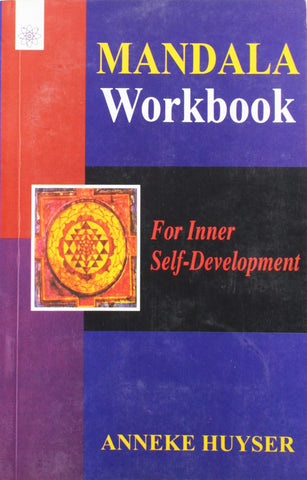Your cart is empty now.
What distinguishes this Buddhist text from so many others is the timelessness of its ideas. It constitutes a radical attempt toward de constructing Buddhist philosophy, and presents a feminist perspective on Buddhist spirituality. The text holds that being is the center and depth of existence, and is therefore accessible in everyday experience. The fleeting existence (samsara) is in its depth being, i.e. a state of complete integration (nirvana) which may well be described as divine reality of a feminine dimension.
This book presents the first English translation of an eighth century Tibetan Buddhist text. Despite its centuries-old origin, the kun byed rgyal po’t mdo addresses themes of great concern to the present, including how to achieve a holistic world-View that integrates the peripheral nature of existence with the ground of being: and the interrelatedness of periphery and center, of individual and universe. From a contemporary Viewpoint this can be seen to engender a feminist understanding of the ground of being. Unlike other Buddhist texts, the kun byed. rgyal po’t mdo invites the reader to rejoice in this world as beautified and intelligible, and thus the innate purity of the intelligent potency, the motherly Buddha, will be experienced.
In addition to the translation, the book also includes a discussion of the conceptual and historical contexts of the text, an examination of its leading ideas, and an assessment of the challenges related to the translation.
About the Author
E.K. Neumaier-Dargyay is Professor of Eastern Religions at The University of Calgary. She is the author of three books including the first German translation of the Tibetan Book of the Dead.
Introduction
“The All-Creating Sovereign, the Mind of Perfect Purity” (hence- forth KBG) is a Buddhist scripture. What distinguishes it from so many other Buddhist texts is the timeliness of its ideas. It constitutes a radical attempt towards deconstructing Buddhist philosophy and presents a rather unusual feminist perspective of Buddhist spirituality. Regardless of the origin of the text (which is still largely veiled in mystery) the text in itself speaks loud and clear and delivers a message germane to the present. The text is adamant in saying that “being” is the centre and depth of existence, thus accessible in everyday experience. More than any other Buddhist scripture the KBG states: the fleeting existence (samsara) is in its depth “being,” i.e. a dynamic process of complete integration (nirvana). This consummation may well be described as divine reality of a feminine dimension. This divine reality, the text argues, must never be appropriated through our conceptual thinking or through the process of defining and naming it. Thus the doctrinal structure of Buddhism is not only questioned but deconstructed, and eventually rejected. The natural corollary is then that there is no spiritual goal to achieve (i.e. nirvana), no religious practice to perform (i.e. path to enlightenment), and neither disciple nor Buddha. In other words the entirety of the Buddhist doctrinal and practical system is brushed aside by a Buddhist text! These seemingly extreme positions are maintained on the ground that all that exists does so due to “pristine awareness” as the dynamic of being. Thus, one has to conclude, all that exists is already in the process of consummation. Being as such (understood as a dynamic “spinning,” and not as an essence) is Buddha hood. The world in its manifold variety is the manifestation of the pristine awareness which endows all that exists with order and intelligibility. Consequently the world is beautiful, and the KBG admonishes its reader to rejoice in this beauty. Even what appears to the ignorant eye as ugly and painful reveals its intrinsic beauty to the sage. With this message the KBG certainly opens a new dimension of Buddhist thought.
This is the first time that this text has been translated into a modern language. The text itself consists of several components: the “root tantra,” and two additions called “later tantras.” The additions are in general recapitulations of topics covered in the root text. For this reason only the latter is given in translation here. As is the case with many Buddhist texts, The All-Creating Sovereign is repetitive because the text is a meditation orbiting around one theme: the “mind”! as intelligent, all-pervasive ground of the universe, and as an autonomous cognitiveness or gnosis. This theme is contemplated in all its facets, mirrored in a hundred ways, by illuminating it in the light of leading Buddhist concepts. Therefore the text gives us the impression of moving along loops rather than along a straight line. Subtle nuances distinguish seemingly similar, if not identical statements. But in this repetitiveness the richness of the basic theme also reveals itself to the contemplative mind.
First we shall talk in a cursory way about the position mind holds in Indian thought. Because of our scant knowledge and the complexity of this topic, only those Indian texts which may have provided a philosophical background for our text will be briefly mentioned. Then we shall examine the Buddhist views of the mind as stepping stones leading us to a fuller comprehension of the KBG. Secondly we shall survey the historical context from which the text emerged, and ask in particular, what kind of text is the KBG? The text has the appearance of a sutra, which commonly means that Buddha is talking to a person who poses certain questions to him. However, the text is preserved in the tantra section of the Buddhist canon and therefore called a tantra (an esoteric Buddhist text). This incongruity will be discussed together with the authenticity of the text and its transmittance through the tradition. Thirdly, I shall summarize the basic ideas of the text to enable the reader to follow the translation with more ease. A topical analysis of the chapters (given at the end of the book) will make the structure of the text more transparent. Finally the language of the text and its inherent meaningfulness will be examined, together with a discussion of the way the Tibetan text has been translated.
1. The Conceptual Context
The attempt to provide a background for the broader understanding of the themes covered in the KBG by illuminating areas of similar Indian and Buddhist thought is questionable, regardless of how desirable it is. From its beginnings, Indian thought orbited around a non-physical power which comes close to what we mean by “mind.” A plethora of religious and philosophical texts, the majority of them neither translated nor properly studied by modern scholars, exists within the many strands of Hindu and Buddhist traditions, whereby each text and each tradition redefined the inherited assumptions and incorporated new ideas. The complexity of such endeavour and our still fragmented knowledge of the voluminous literature pertinent to the topic “mind” precludes the possibility of covering it within an introduction. The desire to discuss this topic in a scholarly and responsible way would not only require a lifelong commitment to researching it, but would also necessitate a series of monographs. It is one of the deplorable but unavoidable facts of oriental studies that compact and yet accurate information, for instance in the form of an encyclopedia, is virtually non-existent.
Having said all this, I want nevertheless to give the reader some help in exploring this vast field for him or herself. Thus I shall mention certain literatures and traditions which contributed more than others to the Indian idea of “mind.” The underlying assumption is that these works of similar ideas constitute, to some extent, the intellectual and literary environment in which the KBG arose. A study of these works of related thought may provide an opportunity to appreciate the idiosyncrasy of the KBG within its philosophical and religious context.
Contents
| Abbreviations | ix | |
| Acknowledgments | xi | |
| Introduction | 1 | |
| 1 | The Conceptual Context | 2 |
| A. | The Mind-Pivot of the Universe in Non-Buddhist Indian Literature | 3 |
| B. | The Mind in Buddhist Thought | 8 |
| 2 | The Historical Context | 14 |
| A. | Formation of the Buddhist Canon in India | 14 |
| B. | The Reception of the Buddhist Canon in Tibet | 17 |
| 3 | The All-Creating Sovereign-Mind of Perfect Purity as a Literary Work | 23 |
| A. | Transmittance and Authenticity of the KGB | 23 |
| B. | The Message of the Text | 26 |
| C. | The Climax of Atiyoga | 38 |
| 4 | Translation Considerations: Towards a Philosophy of Buddhist Language | 39 |
| Notes (Introduction) | 43 | |
| Translation of “The All-Creating Sovereign” | 51 | |
| Notes (Translation) | 178 | |
| Thematic Analysis by Chapters | 193 | |
| Tibetan Texts | 219 | |
| Indian Texts | 221 | |
| Bibliography | 223 | |
| General Index | 229 | |
| Index of Tibetan Terms and Names | 243 |
Sample Pages
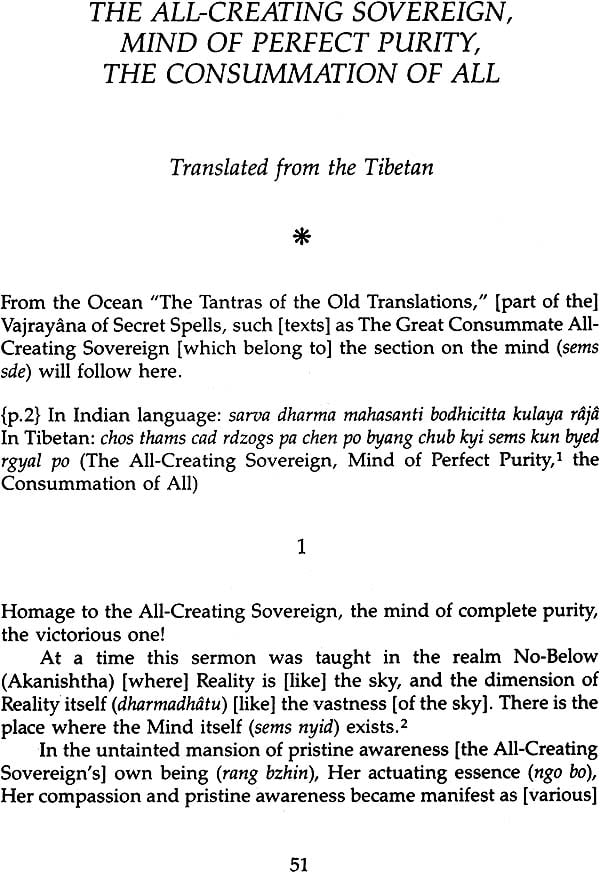
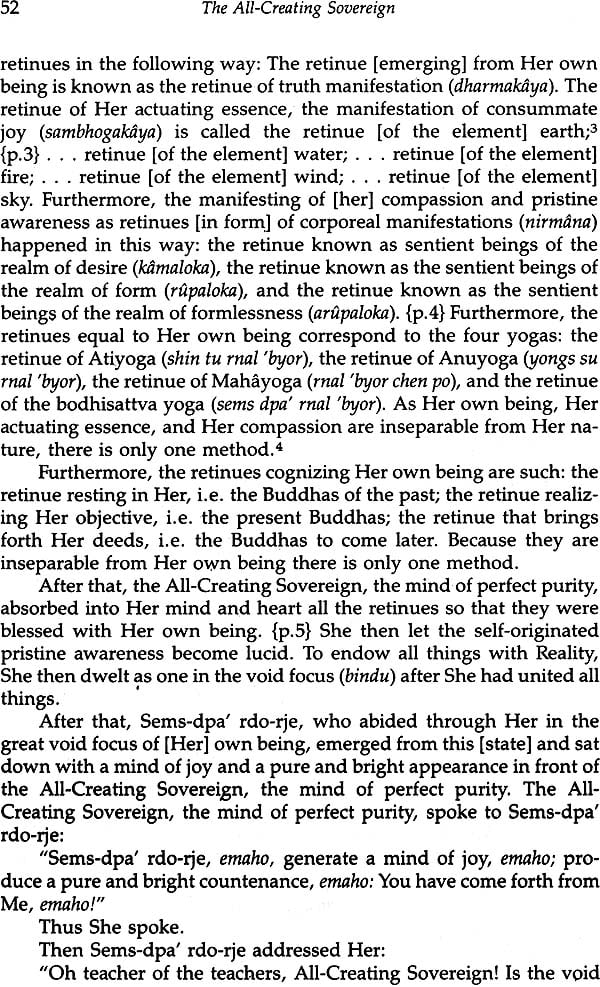
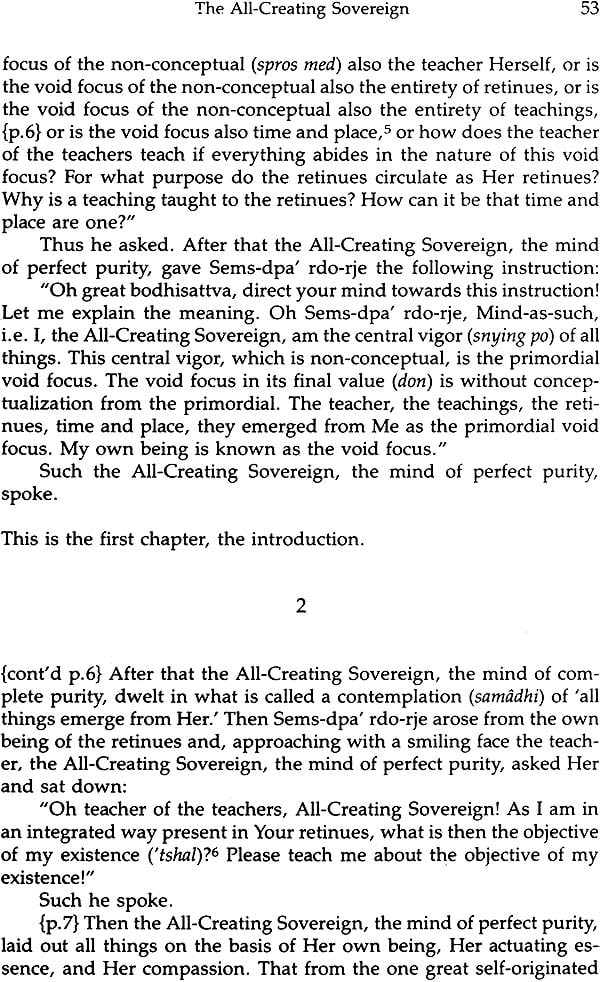
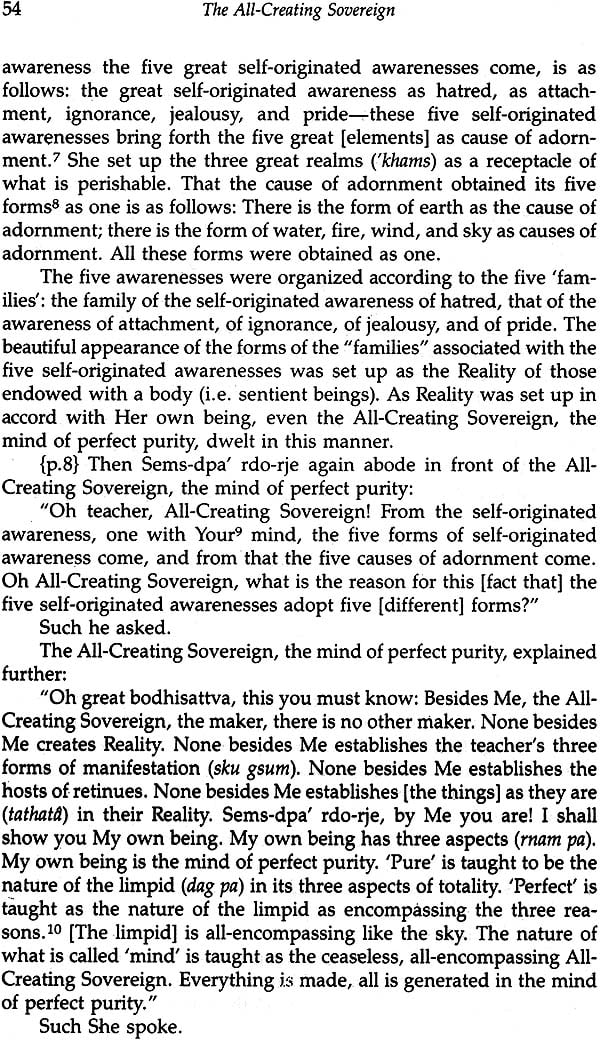

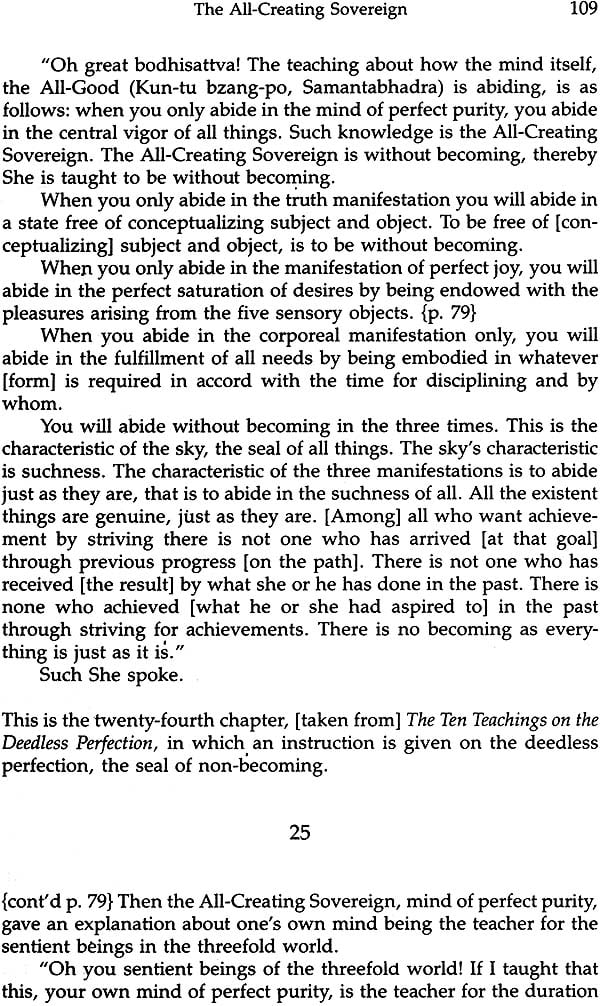
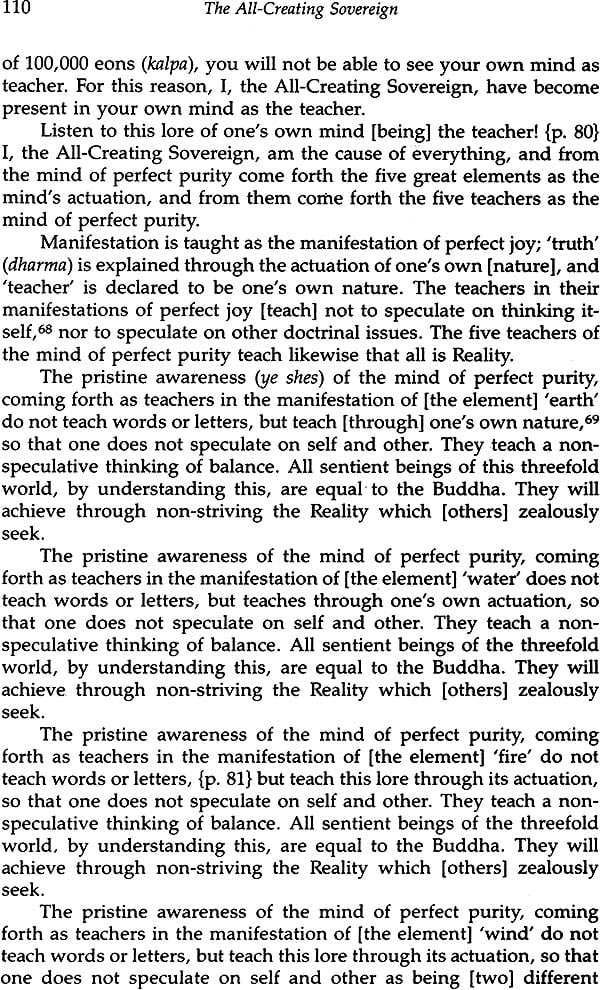


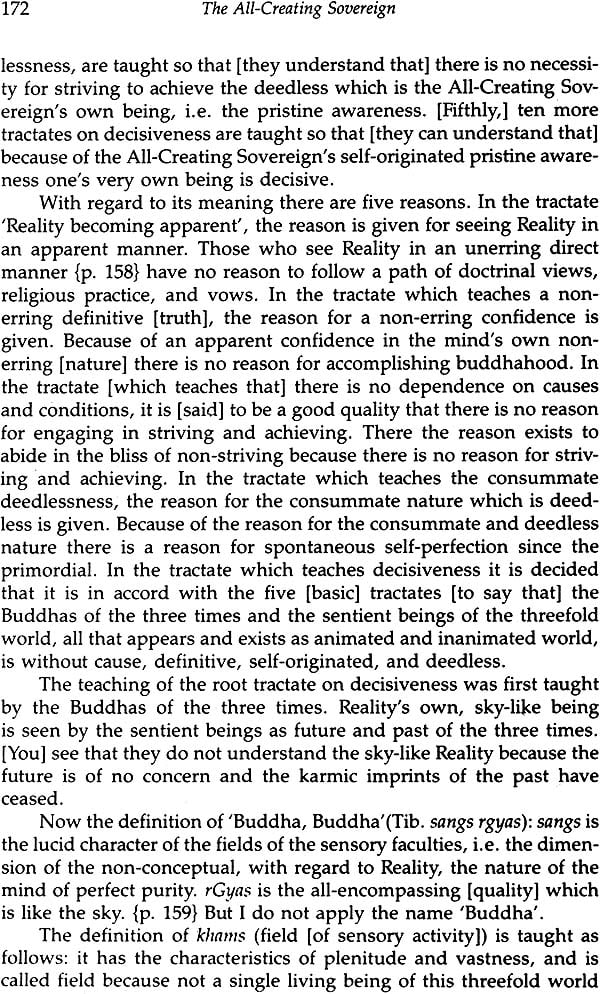
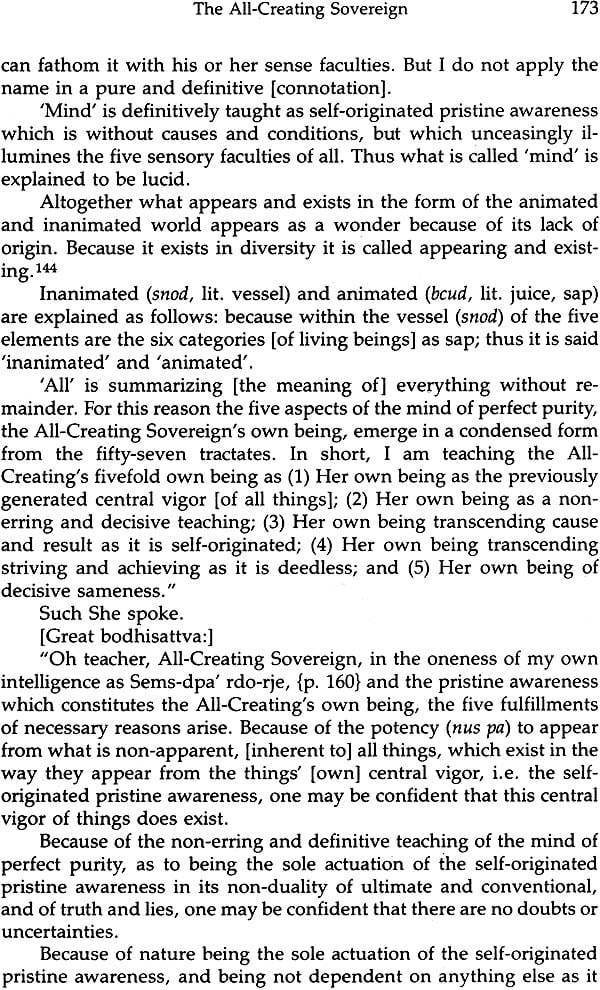



Delivery and Shipping Policy
- INTERNATIONAL SHIPPING
- Rs.1000-1100/kg
- ESTD. Delivery Time: 2-3 weeks (depending on location)
- Bubble Wrapped with Extra Padding
- NATIONAL SHIPPING
- NCR: Rs. 30/half kg
- Standard: Rs. 80/half kg
- Express shipments also available on Request
- ESTD. Delivery Time: Ranging from 1-4 days up to 7 business days (Depending on your choice of Delivery)
- TRACKING
- All orders; national or international, will be provided with a Tracking ID to check the status of their respective orders
- Depending on the Shipping Service, Tracking ID may be used on their respective tracking portals
Frequently Asked Questions (FAQs)
Domestic Shipping: 3-4 Days (after shipping)
International Shipping: 1-2 weeks (based on your location)
You will receive an email once your order has been shipped or you can email us if you didn't receive tracking details (info@mlbd.co.in)
Every book that we sell is the latest edition except all the rare books
Yes, we do provide free shipping, only on domestic orders (within India) above Rs.1500



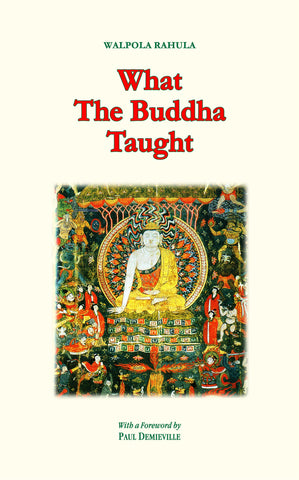
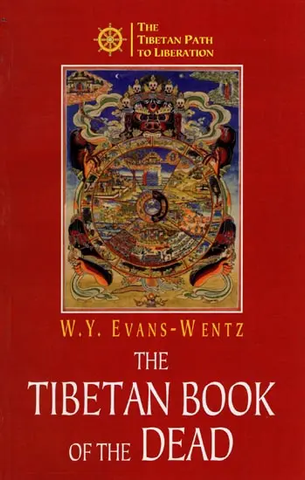
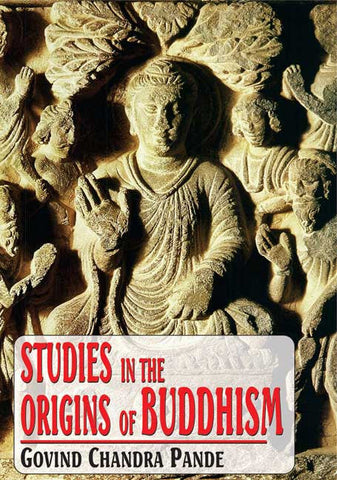
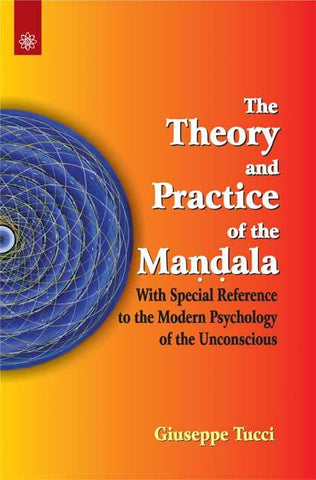
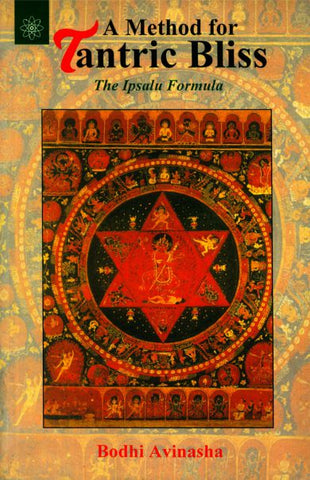

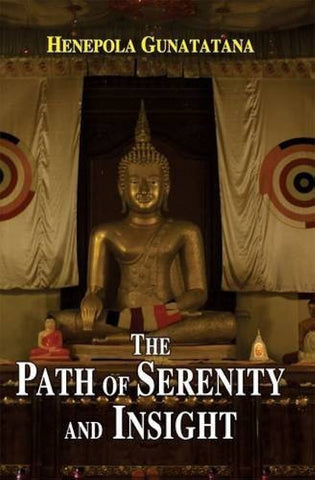
![The Rishukyo [Buddhica Britannica Vol.3]: The Sino-Japanese Tantric Prajnaparamita in 150 Verses (Amoghavajra's Version)](http://www.motilalbanarsidass.com/cdn/shop/products/RISHUKYO_large.jpg?v=1675417651)
